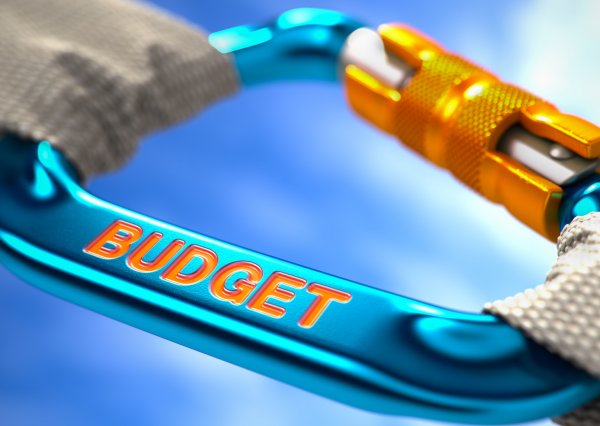The latest figures from government show the continued decline in spending on the private health insurance rebate.
The report, Health expenditure Australia 2015–16, finds government spending on the rebate fell to $5.745 billion in 2015-16. This was down from $5.79 billion the year before and down from a peak of $5.868 billion in 2011-12.
The rebate now represents 8.2 per cent of total federal government health spending, around the same level ten years ago, but down from 8.9 per cent in 2011-12.
The rebate has undergone significant reform in recent years with means testing, changes in indexation and its removal from Lifetime Health Cover loading, meaning what was once a 30 per cent government contribution to premiums is now a maximum of around 26 per cent.
The result has been an ongoing annual reduction in its value and emerging affordability issues for Australians with private health insurance.
The emerging affordability question has led to declining growth in the number of people with private health insurance. This has led to a further $1.1 billion budgeted reduction in forecast government spending on the rebate.
Some stakeholder groups, many of whom backed the changed to the rebate and continue to argue for its abolition, have criticised declining affordability of private health insurance.
